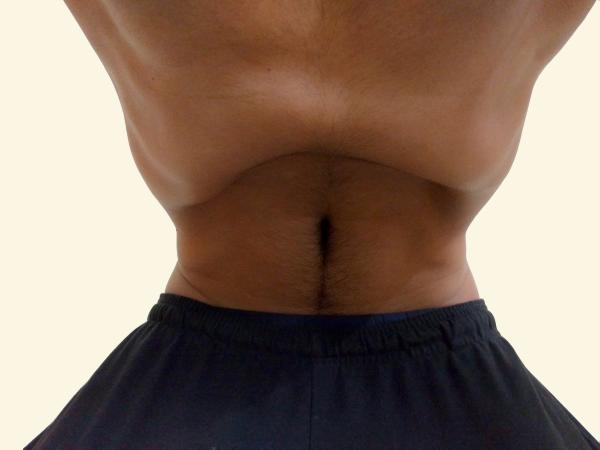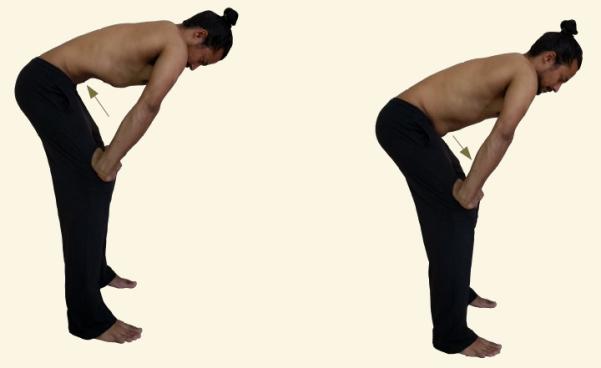Uddiyana Bandha and Agnisar are quite similar so we will be talking about them in the same article, the benefits and contraindications of each apply to both.
A quick note about Bandha’s before starting this practice.
The Sanskrit word Bandha means to hold, tighten or lock. We use these in yoga to bring power to the body and change the direction of energy within our bodies.
There are four Bandhas:
- Jalandhara (chin) – Bringing the chin into the chest
- Moola (root) – Lifting of particular muscles in the pelvic floor (perineum in men and opening of the cervix in women)
- Uddiyana (flying) – tensing and contraction of the lower abdominals (below the navel) similar to the feeling when you cough
- Maha (Combination of all three).
For more details on Bandha Click here
Uddiyana Bandha Kriya- Flying Lock
Uddiyana – Upward Flying, Bandha – Lock / Seal
The locks or bandhas we used in yoga are contractions that we use to direct or conserve energy within the body. The Kriya Uddiyana Bandha is different from the Uddiyana Bandha we use within the Ashtanga Vinyasa Practice, it is much stronger and requires you to hold your breath, rather than the muscular lifting contraction performed during asana. This is one of the only methods in Yoga for stretching the diaphragms and keeping them healthy along with the other benefits of Agnisar. You will need to learn this position before being able to attempt Nauli or Agnisar, as they both start from here.
Technique

- Stand with your feet a little more than hip-width apart.
- Bend your knees and lean forward placing your hands on the thighs with the fingers pointing inwards, bend your elbows.
- Curve your back, tucking the tailbone under.
- Exhale forcefully like a coughing action and try to empty your lungs completely.
- Hold the breath and do jalandhara bandha (bring the chin down and press it into the chest)
- Expand the chest to create a vacuum sensation, while pulling the stomach in and work on bringing the naval as close to the spine as possible.
- Stay in this position for as long as comfortable and then inhale.
- Take a few deep breaths and repeat the process two more times.
Agnisar Kriya- Stimulating the Digestive Fire
Agni – Fire, Sar-Essence, Kriya – Action
The main purpose of Agnisar kriya is to boost the metabolism and ensure the proper functioning of all of the abdominal organs. How does it work? By creating a ‘vacuum’ effect and strongly pulling (and releasing) the abdomen, you massage the internal organs and increase blood flow to the area. Over time you should experience improvements in your digestion and metabolism, along with appetite regulation (increasing if it’s too low OR decreasing if it’s too high). Just a 5-minute daily practice can bring a big change in the body.
Technique
Perform the Uddiyan Bandha Kriya as mentioned above. Once the stomach is pulled in by expanding the chest bring back the chest to the normal position and in the process also push the stomach out. All this is done while holding your breath. Repeat this process for as long as comfortable (10-20 times in and out) and then inhale release the jalandhar bandha, and relax the shoulder and the stomach. Take a few deep inhalations and exhalations and then repeat the process two more times.

Benefits:
- Improves metabolism of the body
- Improves digestion
- Helps to regulate the appetite
- Increases the digestive fire (pachak pitta)
- Strengthens the abdominal muscles
Contraindications For Agnisar and Uddiyana Bandha Kriya:
There are a few conditions that can be aggravated by doing the Uddiyana Bandha/Agnisar Kriya as it is quite a strong heating practice, please be aware of these before starting.
- High Blood Pressure
- Heart Disease
- Acute duodenal peptic ulcers
- Overactive thyroid
- Chronic Diarrhoea
Once you have mastered this try Nauli Kriya for more effective cleansing.